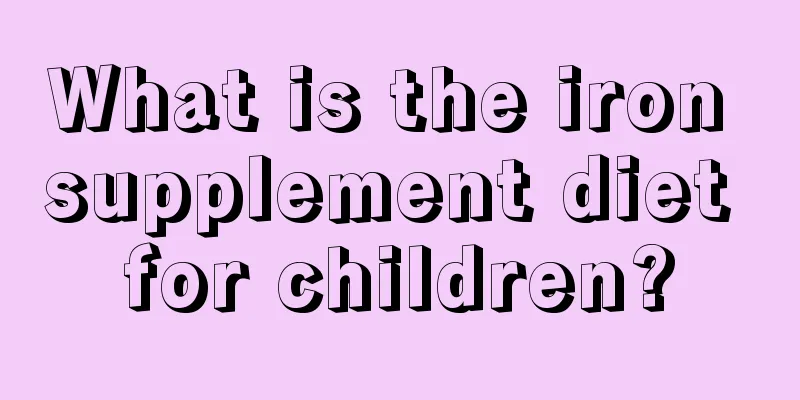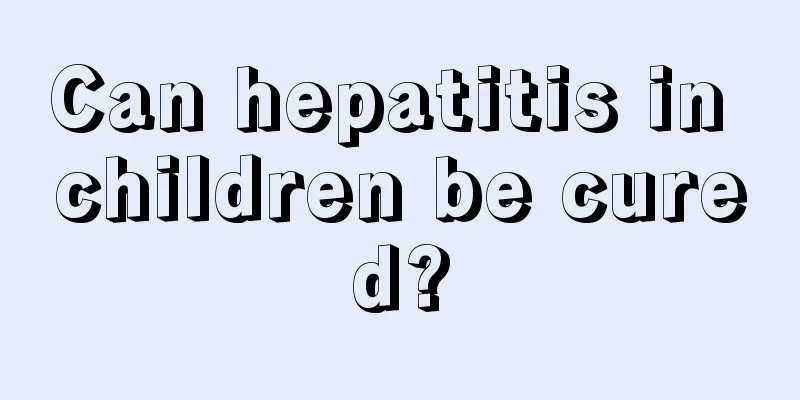Autistic children

|
There are many types of diseases. When it comes to treating diseases, the choice of methods is very critical. Many people do not know what method to choose when treating diseases. Therefore, before treating a disease, it is also necessary to understand all aspects of the disease, such as the cause, symptoms, and factors. Only in this way can we know what method is the best choice for treatment. What about autistic children? Many people don’t know much about autistic children, and they don’t know what methods to choose when treating such a disease. So when such a disease occurs, parents also need to treat their children in a timely manner so that the disease can be improved. Children with autism: Childhood autism is a subtype of pervasive developmental disorder, which is more common in males. The onset of the disease begins in infancy and is mainly manifested by varying degrees of speech development disorders, interpersonal communication disorders, narrow interests and stereotyped behaviors. About 3/4 of the patients have obvious mental retardation, and some children have good abilities in certain aspects despite their general intellectual disability. The prevalence of this disease is 3 to 4 per 10,000 people. However, there have been reports of an increasing trend in recent years. According to data from the National Institute of Mental Health (NIMH) of the National Institutes of Health, the prevalence of autism in the United States is between 1‰ and 2‰. There is no national epidemiological data on autism in China, and only some regions have made relevant reports. For example, in 2010, the autism prevalence in Guangdong was 0.67%, and in Shenzhen it was as high as 1.32%. Causes It is not clear, but may be related to the following factors: 1. Genetics The role of genetic factors in autism has become clear, but the specific mode of inheritance is still unclear. 2. Perinatal factors Various perinatal complications, such as birth injury and intrauterine asphyxia, were more common than in the normal control group. 3. Immune system abnormalities It was found that the number of T lymphocytes was decreased, the number of helper T cells and B cells was decreased, the inhibitory-inducing T cells were deficient, and the activity of natural killer cells was reduced. 4. Neuroendocrine and neurotransmitters Associated with multiple neuroendocrine and neurotransmitter dysfunctions. Studies have found that the monoamine systems of autistic patients, such as 5-hydroxytryptamine (5-HT) and catecholamines, are immature, and the pineal-hypothalamic-pituitary-adrenal axis is abnormal, leading to increased 5-HT and endorphins and decreased secretion of adrenocorticotropic hormone (ACTH). Through the above introduction, we have a good understanding of autistic children, so when treating them, it is necessary to carry out treatment in a timely manner. However, when treating this type of disease, the choice of methods cannot be arbitrary, and during the treatment process, attention must also be paid to the patient's emotions. If they are unstable, they must also be adjusted. |
<<: Symptoms of mycoplasma infection in children
Recommend
Is it ok for a newborn to hiccup?
Newborns do not have the ability to speak, so the...
Tips for teaching children to write numbers
It is very difficult for children to learn to wri...
Is it really good to bathe a three-month-old baby every day?
Many mothers have disputes about whether it is go...
Symptoms of coughing when a baby inhales foreign objects
In life, we often encounter coughs caused by fore...
What are the treatments for rhinitis in children?
Rhinitis, also known as sinusitis, is very common...
Reasons why children keep blinking
Parents will be very worried about any abnormal r...
What happens when a baby hits his head with his hands?
Children will exhibit various behaviors as they g...
Why do babies always stick out their tongues?
Young parents are very curious about their baby&#...
What should I do if my baby has perineal eczema?
Eczema is the most common disease in children. Th...
What should I do if my child has a sore throat?
The health of the throat has a great impact on li...
What to do if children are picky eaters
Most parents are facing a problem: their children...
How to deal with something getting into your baby's eyes
The baby's every move concerns adults, and th...
What should I do if my child gets electrocuted?
Electricity is very important for daily life and ...
What to do if your baby has a high fever in the middle of the night
Every baby will always have some health problems ...
What are the techniques for scalp vein puncture in children?
Scalp vein puncture is a current medical procedur...









